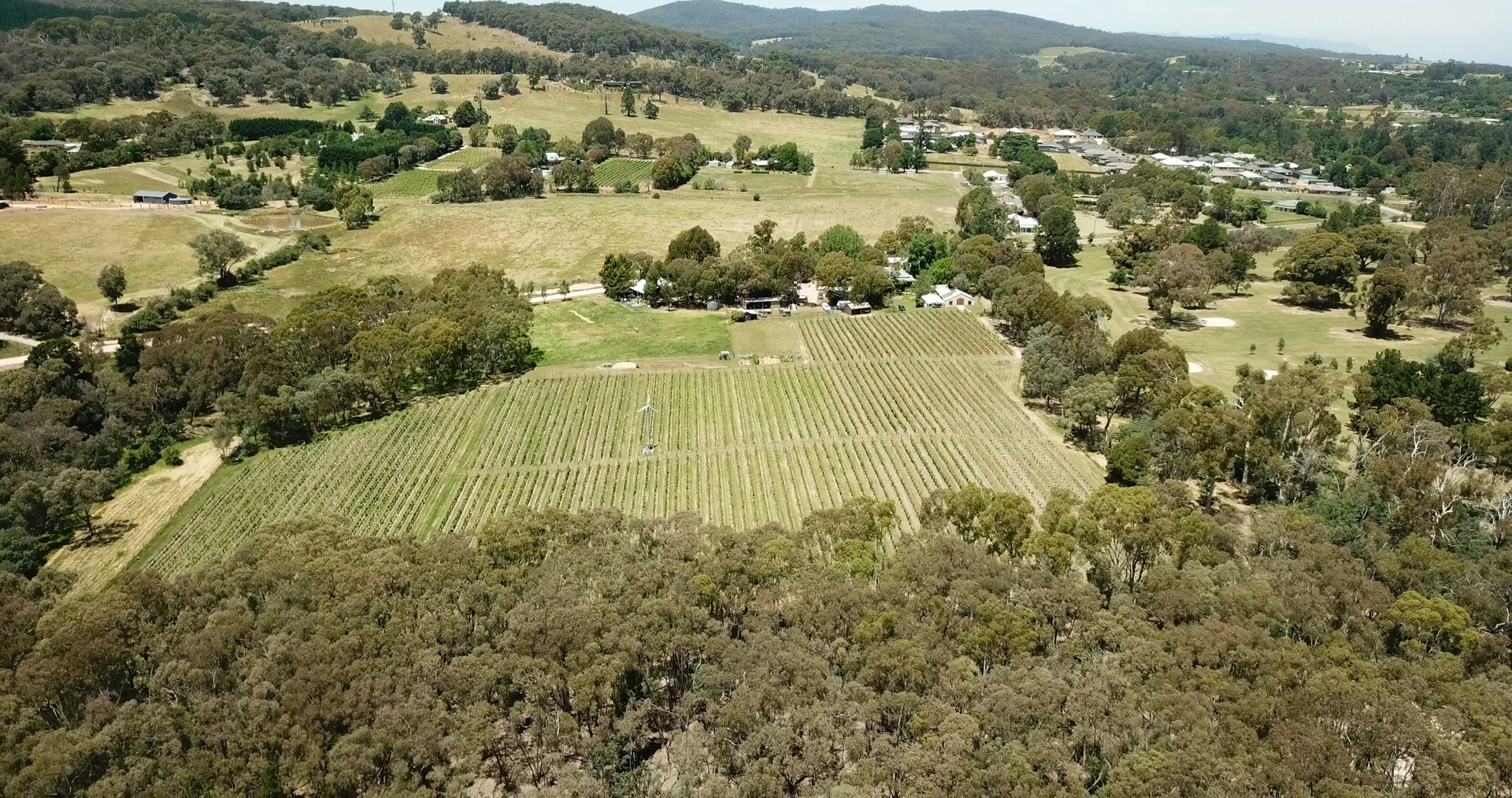Lethbridge, Geelong
For almost a decade, Ray Nadeson and Maree Collis juggled the demands of establishing and running a vineyard and caring for a young family, while also maintaining careers as research scientists – both have PhDs, in medicine and chemistry respectively. In 2003, Lethbridge became their permanent home and focus, with a vineyard-first approach driving them to implement biodynamic principles (not certified) and pursue soil health through a proactive evolution of their methods to evolve their practices to suit their site. All the wines are made onsite by Nadeson, with the home vineyard the source of all their Estate, Single Block and Reserve wines.










